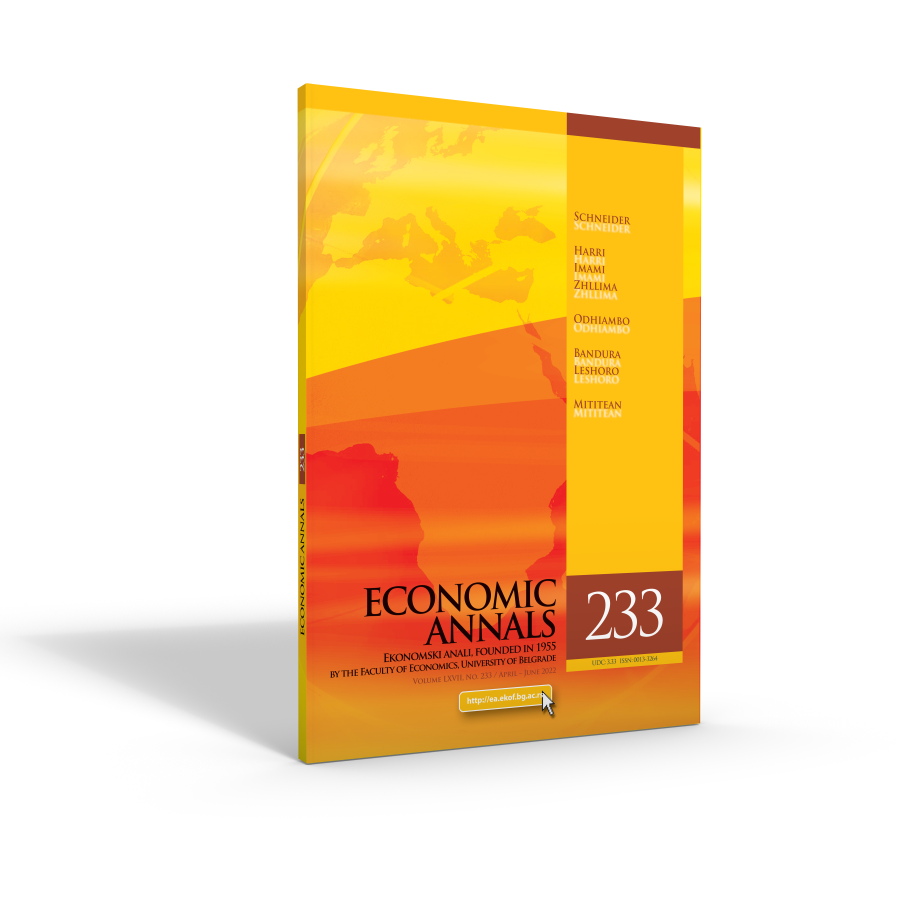INFLATION AND FINANCIAL DEVELOPMENT IN SUB-SAHARAN AFRICA
##plugins.themes.bootstrap3.article.main##
##plugins.themes.bootstrap3.article.sidebar##
Witness Nyasha Bandura
Temitope L. A. Leshoro
Temitope L. A. Leshoro
Abstract
This paper analyses the relationship between inflation and financial development in sub-Saharan Africa. This issue is important because the level beyond which the inflation rate affects financial development in sub-Saharan Africa is not known, despite the underdeveloped financial system in the region. This paper presents a model in which inflation is endogenously determined, and uses a dynamic panel threshold approach which takes this factor into consideration to ensure improved results. The pure cross-section method and non-dynamic panel threshold approaches were also utilised. Strong evidence of a negative impact of inflation on financial development is obtained, which increases with a rise in inflation. An average inflation threshold of about 5% is established, below which a positive impact on financial development is found. There is, however, a negative relationship beyond the observed threshold. The paper provides policy recommendations as to how authorities should contain inflation to facilitate financial sector development in the region.
##plugins.themes.bootstrap3.article.details##
Keywords
inflation, financial development, panel threshold techniques, sub-Saharan Africa
JEL Classification
E31, E4, E5, P44
Issue
Section
Articles
How to Cite
Nyasha Bandura, W., & L. A. Leshoro, T. (2022). INFLATION AND FINANCIAL DEVELOPMENT IN SUB-SAHARAN AFRICA. Economic Annals, 67(233), 85-112. https://doi.org/10.2298/EKA2233085B
How to Cite
Nyasha Bandura, W., & L. A. Leshoro, T. (2022). INFLATION AND FINANCIAL DEVELOPMENT IN SUB-SAHARAN AFRICA. Economic Annals, 67(233), 85-112. https://doi.org/10.2298/EKA2233085B

